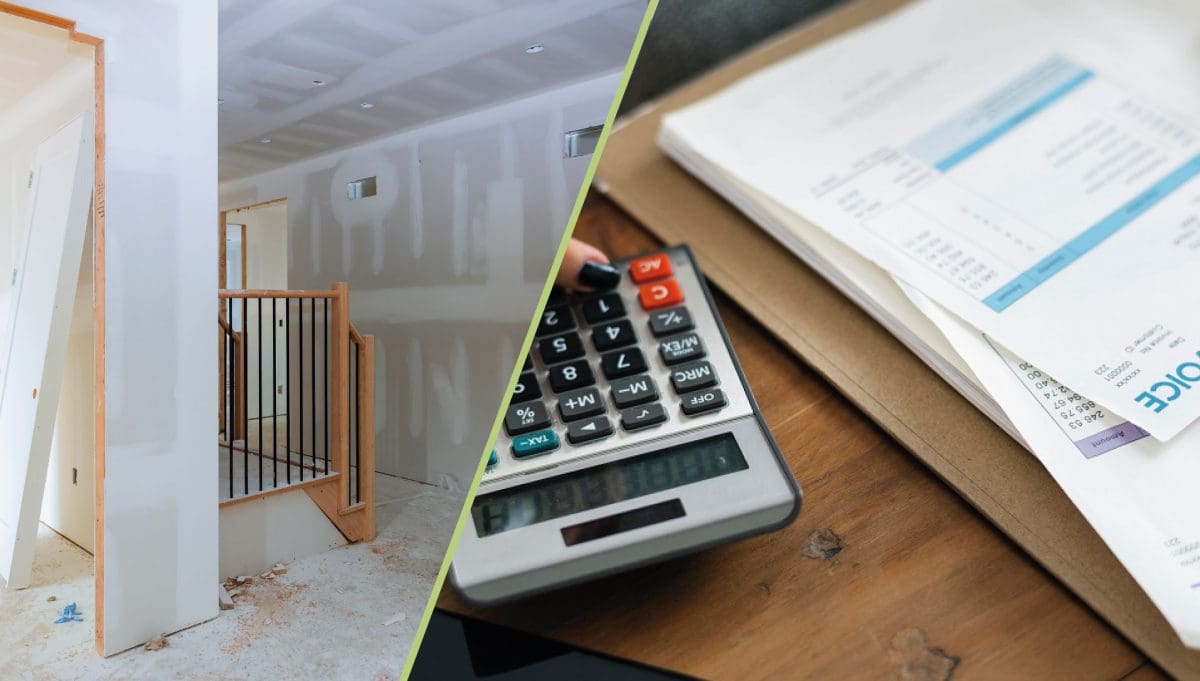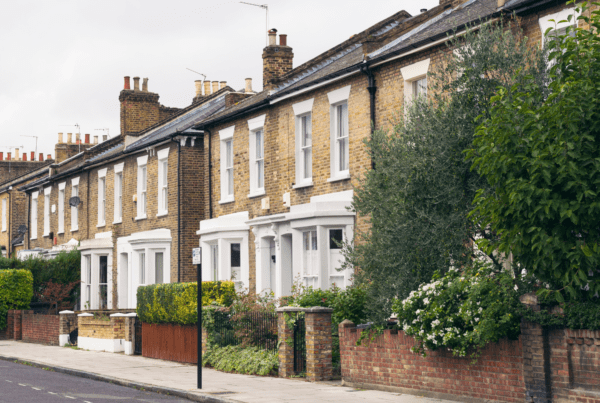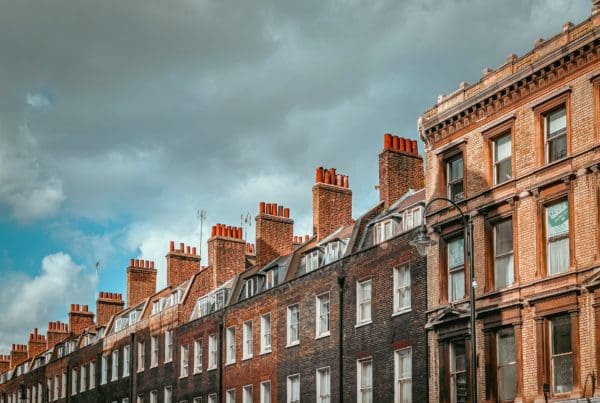
Thanks to a change in the law in September last year, it’s now easier than ever to convert commercial property into residential. That’s because you’ll no longer require planning permission to do so (previously it was necessary to get ‘change of use’ approval).
Making this conversion scenario was a wise move on the part of the government and which was, in reality, an attempt to free-up empty offices, closed down retail units and other boarded up commercial premises to help with the housing shortage. An added plus is it will improve the look of high streets throughout the UK.
For property investors, it is also an excellent profit-making opportunity. And, thanks to coronavirus resulting in more people shopping online and working from home, there are more closed shops and empty offices to choose from than ever before, making the market very competitive. In July last year, the Office for Budget Responsibility (OBR), in its Fiscal sustainability report, said it expected commercial property prices to fall by 13.8% in 2020-21.
The type of conversions to consider include an office into a buy to let apartment, a gym into an HMO or a block of flats and a two-storey bank into two separate apartments.
What Costs are Involved?
When buying a commercial property, you will have the same buying costs as residential. That means Stamp Duty, if it’s worth more than £150,000, solicitors fees, surveyor costs and, of course, the price of building work and materials for the conversion itself.
In terms of décor, there may also be additional insulation and soundproofing required (since regulations aren’t as strict for commercial property). The plumbing and electrics too may need a good overhaul.
Before spending any money though, it’s always a good idea to speak to the local authority about your plans beforehand to ensure you’ll get building approval. For, despite not having to get planning consent, the conversion itself will still need to fit with Building Regulations, and there will probably be structural alterations involved.
Profits to Expect
The kind of profit you can make depends, of course, on the location of the property (the good news is that many empty retail outlets are in city centre locations).
There is also the cost of the actual work required (which, typically, will run into tens of thousands of pounds). It wouldn’t be out of the question though to expect a commercial property with a price tag of £300,000 to turn a six-figure profit when complete and rented or sold.
Finance Options
It is difficult to get a mortgage for this type of conversion, meaning the only way to really finance it is either by cash or a bridging loan.
You could try for a celf-build mortgage but, like a development loan, you will only get the cash in stages, once each is completed.
With a bridging loan interest, you will receive the cash at the start of the project, but interest charges will be high and you should aim at taking it out no longer than a year.
Also, the type of bridging loan you will require will be probably be for heavy refurbishment, which means, you may only receive 70% LTV funding initially. That means you’d have to find 30% of the upfront costs yourself in the form of a deposit. Once the property is completed and you have tenants or have sold it, you can change this into a residential mortgage.
How Sourced can Help
At Sourced Network, we can provide up to 100% financing for commercial to residential conversion projects. That’s because we have our own peer to peer lending platform, exclusively for franchisees.
To find out more why not download our Sourced Network Prospectus today.



